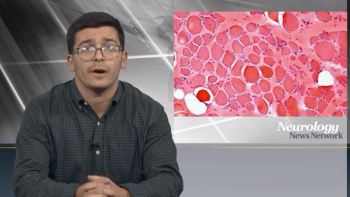
Neurology News Network for the week ending November 16, 2019.

Neurology News Network for the week ending November 16, 2019.

This is the third safety incident in the IGNITE DMD clinical trial that has resulted in a clinical hold since its inception in 2017.

Patients with spinal muscular atrophy types 2 or 3 saw improvements in motor function after receiving risdiplam; data will be presented at an upcoming medical congress.
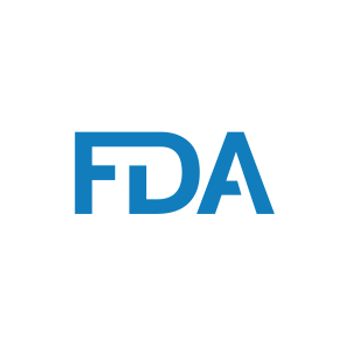
The robotic platform used in various neurosurgeries was identified for a class 1 recall due to a software error which can lead to robotic arm malfunction.

The phase 2/3 trials will end after a futility analysis suggested that the drug is not likely to show a clinical benefit.

The director of the Center for Spinal Cord Injury Research and co-director of the Spinal Cord Injury Model System Center at Kessler Foundation shared his unique perspective on spinal cord injury and the work he and colleagues are doing to alleviate its challenges.
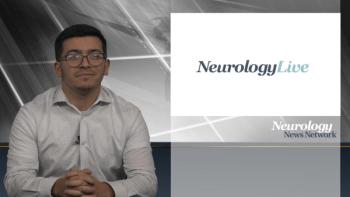
Neurology News Network for the week ending October 28, 2019.

The chief medical executive at The University of Texas MD Anderson Cancer Center is expected to be named the next commissioner of the FDA by President Donald Trump.
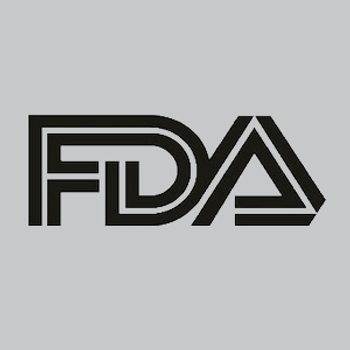
The drug, which is currently approved for single-dose intravenous administration in patients with SMA type 1, is currently being investigated as intrathecal therapy in SMA type 2.
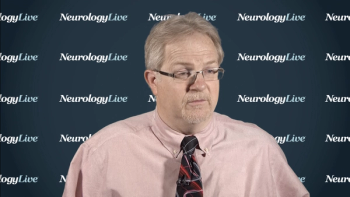
The director of the Center for Spinal Cord Injury Research and co-director of the Spinal Cord Injury Model System Center at Kessler Foundation discussed the secondary medical complications of spinal cord injury and how he and colleagues seek to alleviate them.

Study results show that deflazacort tops prednisone across multiple checkpoints in patients with Duchenne muscular dystrophy.

The drug is now approved to treat pediatric patients with both upper and lower limb spasticity, excluding spasticity caused by cerebral palsy.
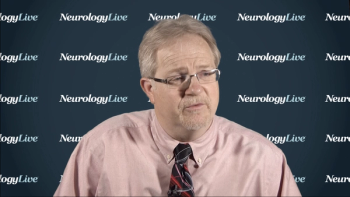
The director of the Center for Spinal Cord Injury Research and co-director of the Spinal Cord Injury Model System Center at Kessler Foundation shared his unique perspective on spinal cord injury as someone who experienced it.

New trials and research partnerships have launched with hopes to find answers for the terminal disease.

The director of the Center for Spinal Cord Injury Research and co-director of the Spinal Cord Injury Model System Center at Kessler Foundation shared insight into the work the center is doing to address the secondary complications and challenges faced by individuals with spinal cord injury.
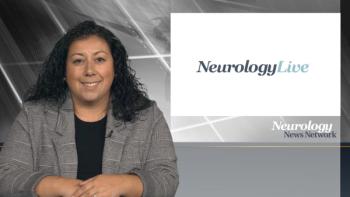
Neurology News Network for the week ending October 12, 2019.

The impact MT1621 had on survival probably for those treated in comparison to the natural history of the often-fatal disorder was highly significant, with all patients remaining alive as of October.

Treatment with the Catabasis Pharmaceuticals small molecule oral NF-kB inhibitor resulted in improvements in the 10-meter walk/run scores, time-to-stand scores, and 4-stair climb scores in 31 steroid-naïve boys with DMD aged 4 to 7 years.

Neurology News Network for the week ending October 5, 2019.

New 9-month data suggest that Sarepta Therapeutics’ investigational limb-girdle muscular dystrophy type 2E treatment, SRP-9003, is linked to improved functional measures and reduction in creatine kinase.
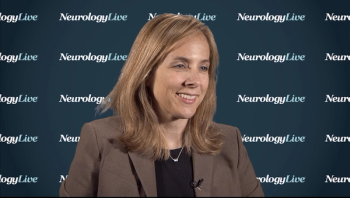
The senior research scientist in the Center for Mobility and Rehabilitation Engineering Research at Kessler Foundation spoke to the research being done into the functional implementation of exoskeletons in neurorehabilitation.

The drug, the only approved botulinum toxin type B on the market, was recently approved for the treatment of chronic sialorrhea in adults.
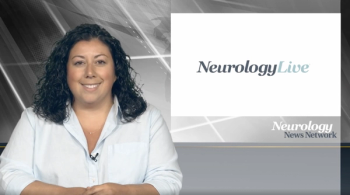
Neurology News Network for the week ending September 21, 2019.

A prospective, cross-sectional assessment suggests that patients with DMD can be adequately assessed for cognition in a brief period of time using the NIHTB‐CB, and additionally suggested a cognitive vulnerability in mothers who were carriers of DMD mutation.

Further analysis of the SHINE trial suggest nusinersen is linked to 6-year maintained improvement in patients with SMA. Biogen has announced a new global trial of a 50 mg loading dose in a broader cohort.